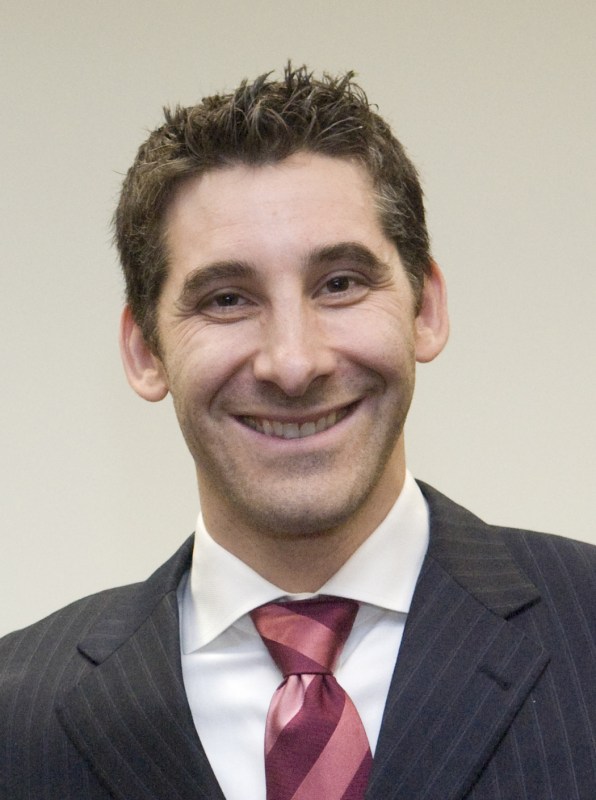VEI helps patient overcome condition to improve vision
Angelia Pinson had grown accustomed to her crooked, misshapen reading glasses. Despite her quest for just the right pair — she was never successful.
Pinson was diagnosed with Albright Syndrome as a young child. One of the characteristics of this genetic disorder is polyostotic fibrous dysplasia, commonly seen in the bones that form the skull and upper jaw.
In affected areas, normal bone is replaced by irregular masses of fibroblast cells. If these areas begin to expand, skull and facial asymmetry may result, making seemingly easy tasks such as wearing eyeglasses a struggle.
Over the years Pinson had learned to make do. Constantly fumbling, adjusting and positioning the store-bought glasses on her face in an effort to read.

Jeffrey Sonsino, O.D., FAAO
In Pinson’s case, the cranial-facial deformity made it nearly impossible for her to wear glasses and also caused a significant visual impairment. She was functionally blind with 7/200E visual acuity, which meant she could see the big letter “e” on the top of the eye chart at seven feet away.
During her initial visit to Sonsino in 2010, she was fitted with a trial set of monthly replacement lenses. Two weeks later, her vision was 20/20 for distance and she was reading half the size of newsprint.
“She was so happy,” said Sonsino. “I was elated too. I gave her a prescription for a year’s worth of lenses and instructed her to see me in one year.
“But when I saw her during her annual exam in June, she was still using the trial pair I gave her. When I asked her why, she said she couldn’t afford the lenses.
“I knew that she couldn’t afford to be without them,” said Sonsino, assistant professor at VEI.
Thankfully, Sonsino was able to utilize the Adkisson Fund, named for the late Marcie N. Adkisson. The fund is housed at the Eye Institute and was created to assist patients in need of ophthalmologic devices. Adkisson, who died in 1964, bequeathed her land, nearly 300 acres, “to create an income to help restore or preserve the eyesight of needy and worthy individuals.”
Pinson, 49, was nearly speechless.
“I really don’t know what I would have done without the contact lenses,” said Pinson, who lives with her mother in Hermitage.
“I know wearing the old ones was dangerous for my eyes. I had begun seeing double images and everything was so cloudy.
“I am so grateful to my doctor for helping me. It’s a blessing to be able to see. It’s giving me back my independence. I can’t tell you how good that feels.”
Pinson is hoping to begin a sewing class to keep her busy anad take some online computer courses. Eventually, she would like to begin working from home and feels confident she will be able to find a niche.
For Sonsino happy endings make his work worthwhile:
“At Vanderbilt, we see some of the most medically complicated patients and we are able to help them on that level, but when we can go a step further – it is so rewarding.
“When we are treating patients, it’s not always about the medical issues that are obstacles, sometimes it’s a life problem,” he said. “Sometimes, a relatively simple answer to a medical problem can go a long way in helping someone. It’s looking at the whole person and seeing what we can do to help.”













